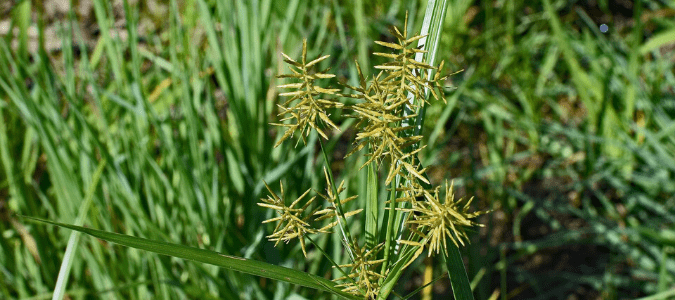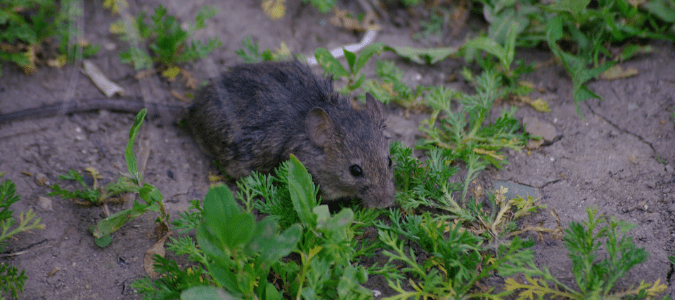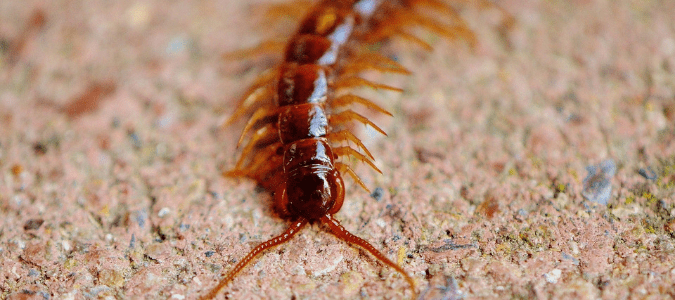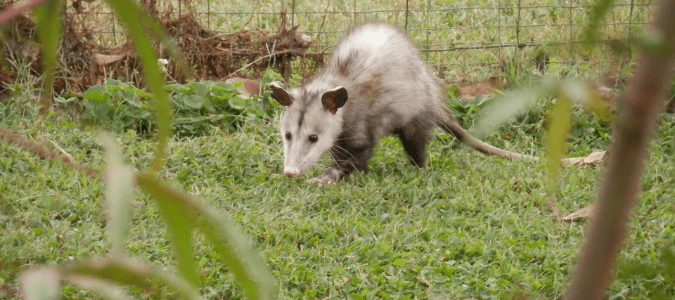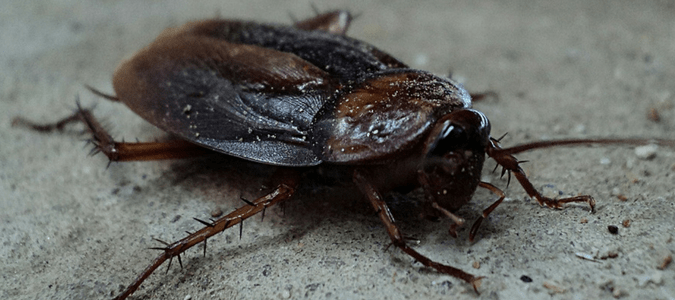Do Squirrels Eat Mice? How To Stop An Infestation
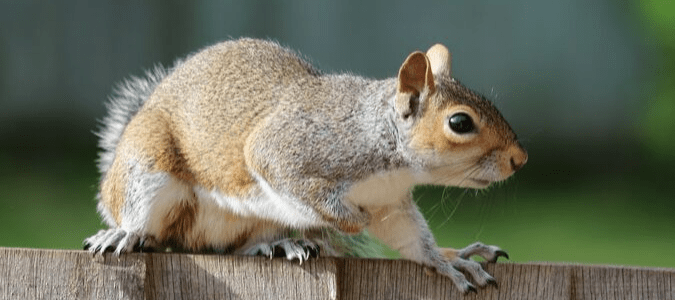
There are holes in the food boxes in your pantry. You hear scratching in the walls throughout the night. You’re in denial until one night you see it—a mouse. Horrified, you start to wonder about how you can keep these creatures away. Are there any creatures around your property that eat mice? For example, do squirrels eat mice?
While a squirrel will eat a mouse, it would prefer not to. Like all other animals, squirrels require protein, carbs and fat in their diet. While they would prefer to get these nutrients from nuts, leaves, mushrooms, roots, seeds and insects, they’ll eat from a larger menu when the going gets tough. So, if the squirrel on your property is faced with starving to death or eating the mice in your attic, they’ll decide on the latter.
What this means for you is that squirrels are not going to be an effective method of … Read Full Post »

